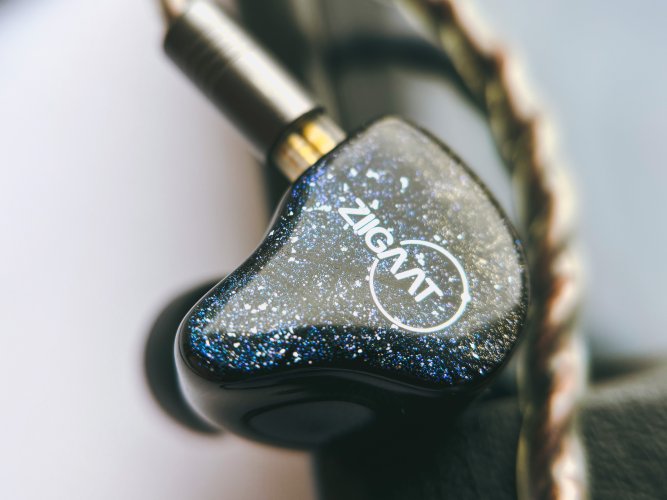I respect that you're committed to doing AB tests. But I wouldn't mistake those tests for objective proof. They're still a subjective judgment IMO.And for those that assume I am deaf or have no idea what to listen for, popping in a couple of db bass boost from the Gryphon or flicking on the cross feed from the PA10 stood out like dogs balls in a back and forth comparison. Any slight bass change or staging change for example between devices isn't lost in the test somehow, they are quite obvious if they exist.
The critically important thing you're not controlling for in your AB testing is the impact of negative expectation bias ("I don't believe there will be a difference"). As is well documented, and as I'm sure you're aware, expectation bias cuts both ways equally. There is literally no way to avoid that bias if you are your own test subject. You don't expect a difference so you are much more likely not to hear one. You couldn't even have another person conduct the test on you (the proverbial "wife test") since you'd still know what the test is testing for. Your negative expectation bias would still be firmly in place. There are good reasons scientists don't conduct experiments on themselves.
For your AB test to be scientifically meaningful, you'd have to have at least two different subject groups: one group who are told that there is a difference and another who are told there is no difference. Then you'd have to run controls where each group is asked to compare two things that the experimenters know are audibly identical and then compare things that are known to be audibly different to regularly varying degrees. And then you'd conduct your AB test on each group. Otherwise all you're proving with an AB test is that you believe there is no difference, and your results are simply confirming your own expectation. That's not science. It's just proof that you're as human as the rest of us!
For your AB test to be scientifically meaningful, you'd have to have at least two different subject groups: one group who are told that there is a difference and another who are told there is no difference. Then you'd have to run controls where each group is asked to compare two things that the experimenters know are audibly identical and then compare things that are known to be audibly different to regularly varying degrees. And then you'd conduct your AB test on each group. Otherwise all you're proving with an AB test is that you believe there is no difference, and your results are simply confirming your own expectation. That's not science. It's just proof that you're as human as the rest of us!
Indeed. Harmonic distortion is real, measurable, and audible. So are things like jitter, crosstalk, etc. Different amps and other gear can sound audibly different. Whether or not those differences are big enough to matter to someone is a different question!Different sources can sound perceptively different. Some sources sound very similar and can be difficult to distinguish from each other. Transducer sensitivity is obviously a factor as well.
I'm one of those people who can hear differences between gear, but I don't care enough to start collecting amps and DACs. I have different devices for different use cases, not for their sonic differences. Once I reached a "good enough" performance baseline in each of those devices, I stopped shopping.
Last edited:







































